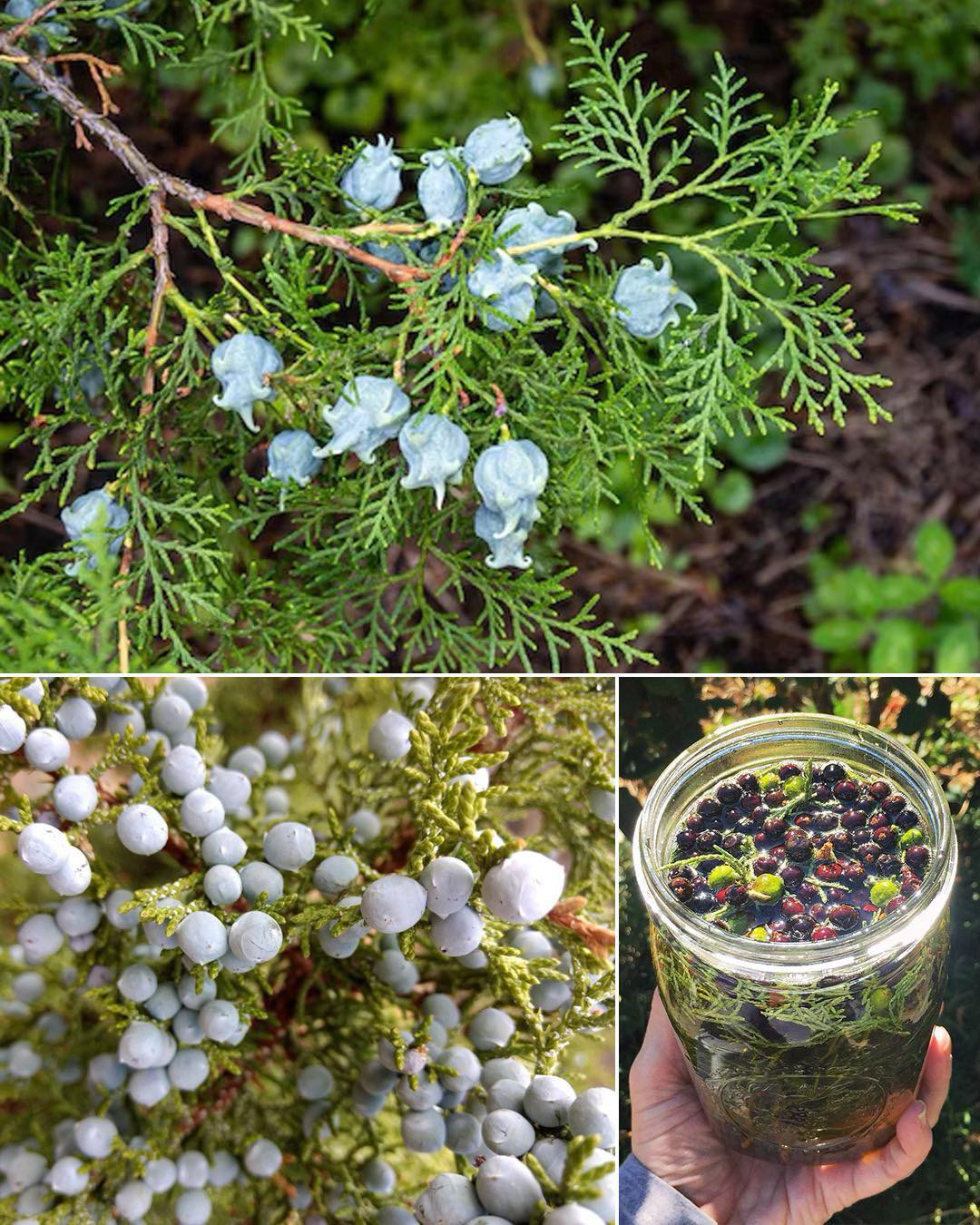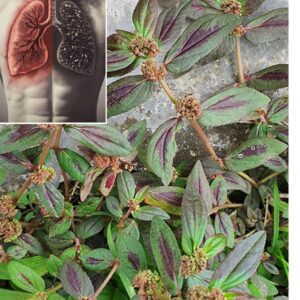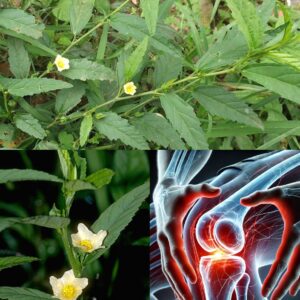If You See This Plant, You’re in Grave Danger and Don’t Even Know It—What You Need to Watch Out For

In a world where most plants are seen as harmless or even beneficial, there’s one particular plant that poses a serious threat to your health—a plant that many people don’t even recognize as dangerous. The giant hogweed, a plant native to parts of Europe and Asia, has recently spread across various regions, becoming an unexpected menace in gardens, fields, and even urban areas. This plant, though often mistaken for a harmless wildflower, is one of the most toxic and dangerous plants you can encounter.
Giant hogweed (scientifically known as Heracleum mantegazzianum) can grow up to 14 feet tall, with large, umbrella-like clusters of white flowers. At first glance, it may seem like just another giant plant, but contact with its sap can cause severe skin burns, blindness, and other potentially life-threatening injuries. This plant contains photosensitive compounds that, when exposed to sunlight, can cause severe chemical burns, leading to blisters, scars, and, in extreme cases, permanent damage to the skin.
The danger lies in its sap, which is colorless and odorless, making it hard to detect unless you’ve had a previous encounter with it. The sap, when it comes into contact with skin, makes the skin incredibly sensitive to sunlight, resulting in severe burns upon exposure to UV rays. Just brushing against the plant can be enough to cause injury, and the effects of exposure may not be immediately apparent. It can take 24-48 hours for the symptoms to appear, making it easy for people to underestimate the seriousness of their exposure.
What makes giant hogweed particularly concerning is its ability to spread rapidly. The plant has moved from its native regions to other parts of the world, including the United States, Canada, and parts of the United Kingdom. In areas where it grows, giant hogweed has been declared an invasive species, outcompeting native plants and becoming a growing concern for gardeners, farmers, and landowners. Due to its toxic nature and rapid spread, it has been deemed one of the most dangerous plants in the world.
If you come into contact with giant hogweed, it’s essential to immediately wash the affected skin with soap and water, and avoid exposure to sunlight for up to 48 hours. The burns and blisters caused by the sap can be extremely painful, and in severe cases, the damage can be permanent. If the sap gets into your eyes, it can cause temporary or permanent blindness—an injury that can be life-altering.
Despite its obvious danger, many people are unaware of giant hogweed’s risks. Because it looks somewhat like a harmless plant, especially in the early stages of growth, it’s often mistaken for something less dangerous, like Queen Anne’s Lace or cow parsley. This lack of awareness has led to multiple cases of unsuspecting individuals being harmed after mistakenly coming into contact with the plant.
In some cases, local authorities have had to take drastic action, removing giant hogweed from public spaces to protect the community. Gardeners are advised to be especially careful when working in areas where the plant is known to grow, and to wear protective clothing—including gloves, long sleeves, and face protection—if they are at risk of encountering the plant. Public awareness campaigns have also been launched to educate people about the signs of giant hogweed and how to avoid accidental exposure.
For those who encounter giant hogweed in their gardens or on public land, it’s critical to avoid touching the plant and to report its location to local authorities, who can take action to safely remove it. In some cases, trained professionals can safely remove the plant, ensuring that it doesn’t spread further. Homeowners and gardeners are encouraged to be vigilant and regularly check their properties for signs of this toxic plant.
While giant hogweed’s dangers are well-known in certain regions, the plant’s ability to travel and establish itself in new areas is a growing concern. As it spreads, it increases the risk of unwitting harm to those who are unfamiliar with its toxic properties. By spreading awareness and taking necessary precautions, communities can protect themselves from this dangerous invader and prevent further injury.
So, the next time you step into your garden or walk through an area with wild plants, make sure you’re aware of your surroundings. Recognizing giant hogweed and knowing its potential dangers could literally save you from a painful and serious injury. Stay informed and keep yourself safe—because sometimes the most dangerous things in nature are the ones we least expect.
News
Be Happy Movie Review: Abhishek Bachchan’s Latest Venture Faces Mixed Reactions – Another Flop?
Be Happy Movie Review: Abhishek Bachchan’s Latest Venture Faces Mixed Reactions – Another Flop? Abhishek Bachchan’s much-anticipated movie Be Happy has finally hit the screens, but unfortunately, it seems the film has failed to live up to the high expectations…
Chaos in Bachchan Household: Amitabh and Ajitabh’s Bond Shatters Amid Explosive Clash
Chaos in Bachchan Household: Amitabh and Ajitabh’s Bond Shatters Amid Explosive Clash Bollywood’s most respected family faced unexpected turmoil as shocking news emerged from Amitabh Bachchan’s iconic Jalsa residence. Reports surfaced of a heated altercation between the legendary actor and…
Manisha Koirala’s Shocking Allegation: Aishwarya Rai Behind Miss World Controversy
Manisha Koirala’s Shocking Allegation: Aishwarya Rai Behind Miss World Controversy In the glitzy corridors of Bollywood, where friendship and rivalry walk hand-in-hand, a storm erupted as veteran actress Manisha Koirala boldly spoke out about Aishwarya Rai, alleging a startling claim…
Midnight Raid Unveils Orry’s Secret Party Scandal
Midnight Raid Unveils Orry’s Secret Party Scandal The city’s luxurious Sapphire Hotel stood illuminated against the midnight sky, its neon glow masking the secrets hidden within its extravagant suites. Orry, a well-known socialite infamous for his lavish lifestyle, had always…
If You Have This Leaf in Your Compound, You Actually Have Gold—But You Don’t Know It
If You Have This Leaf in Your Compound, You Actually Have Gold—But You Don’t Know It Nature is full of hidden treasures, and some of them could be right in your own backyard, quietly waiting to be discovered. One of…
The Hidden Power of Stubborn Grass: Nature’s Humble Treasure You Didn’t Know You Had
The Hidden Power of Stubborn Grass: Nature’s Humble Treasure You Didn’t Know You Had Most gardeners see stubborn grass merely as a frustrating weed that refuses to leave, no matter how much they try to eradicate it. However, behind this…
End of content
No more pages to load








 At Ayan Mukherjee’s Fateh Prayer Meet.
At Ayan Mukherjee’s Fateh Prayer Meet.


